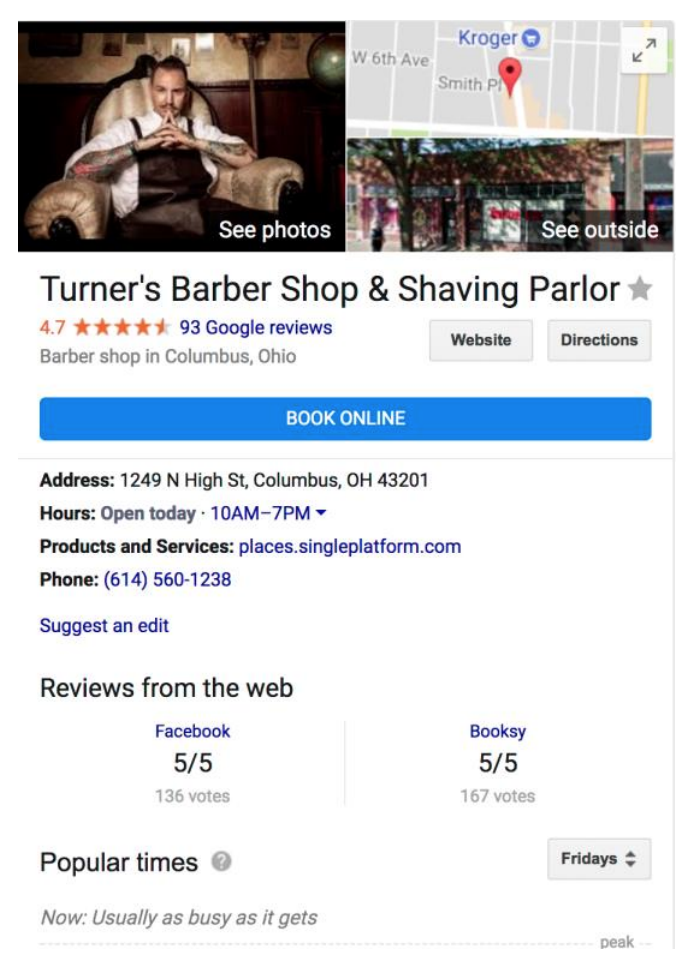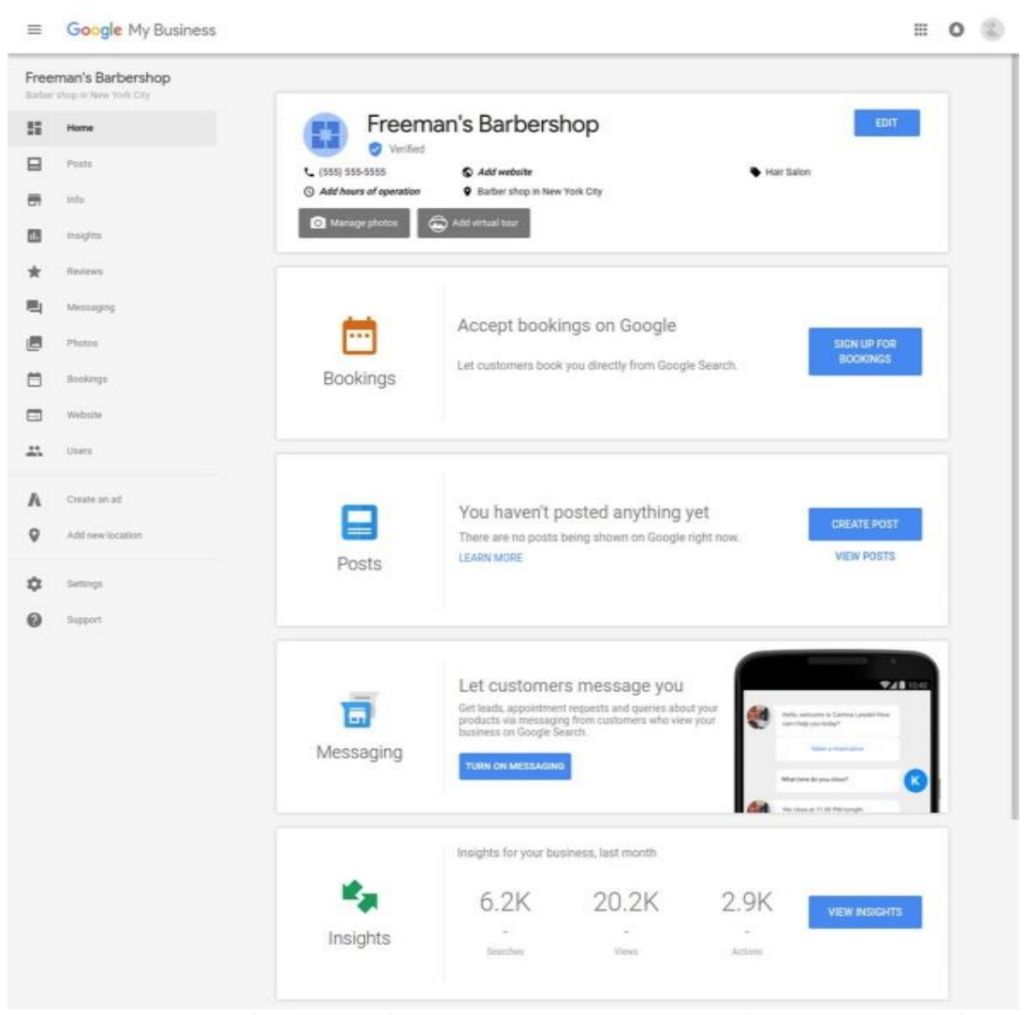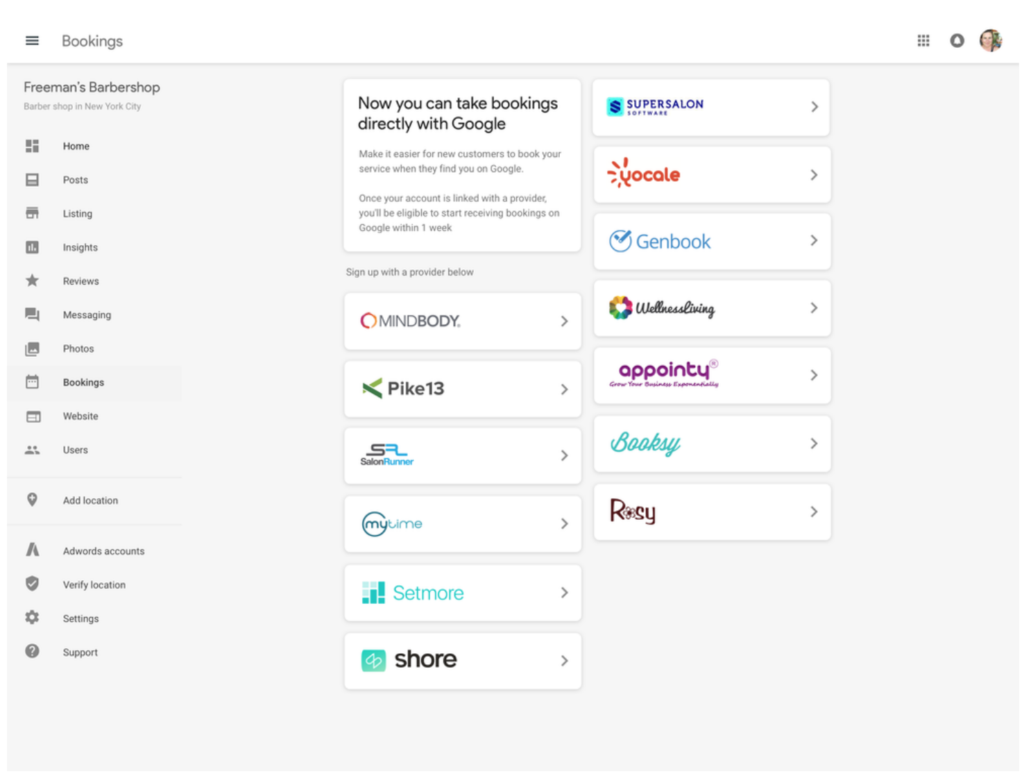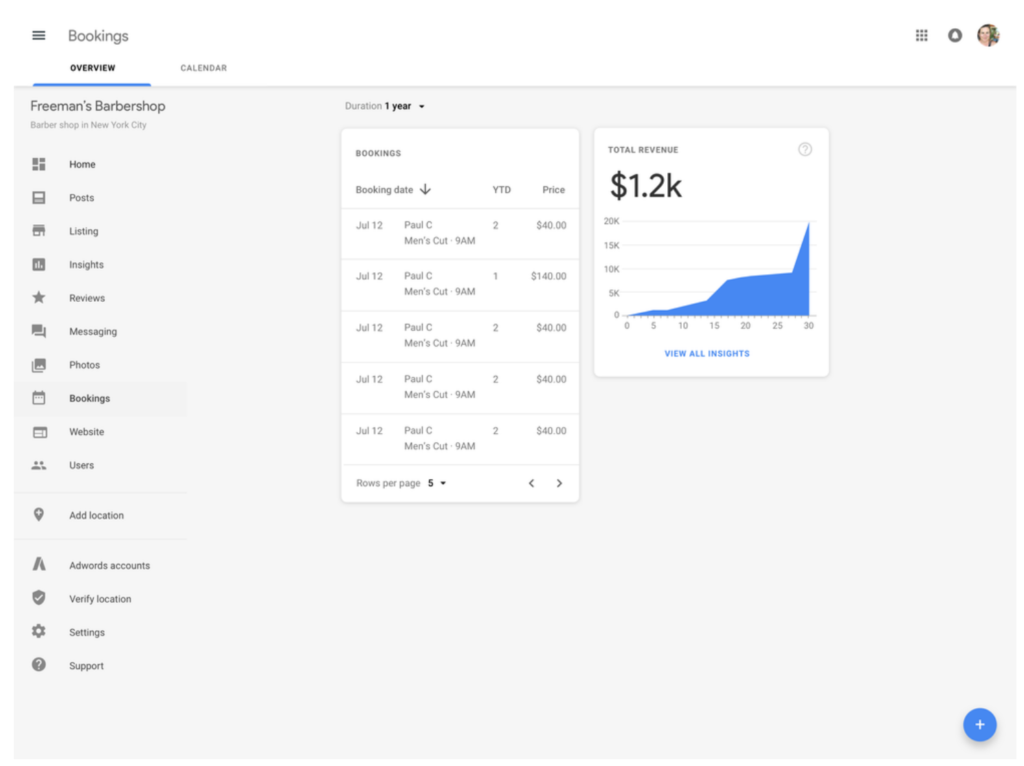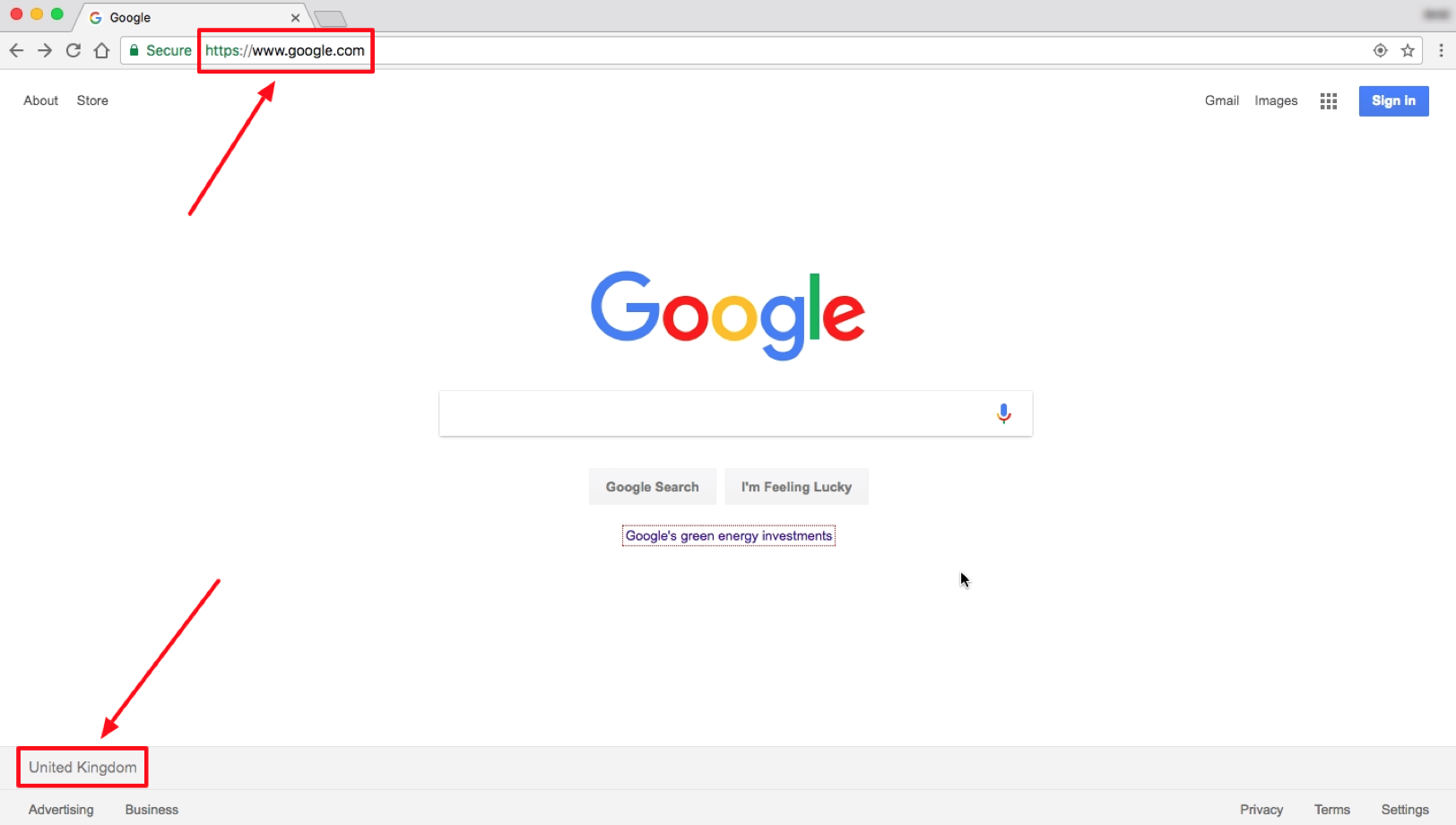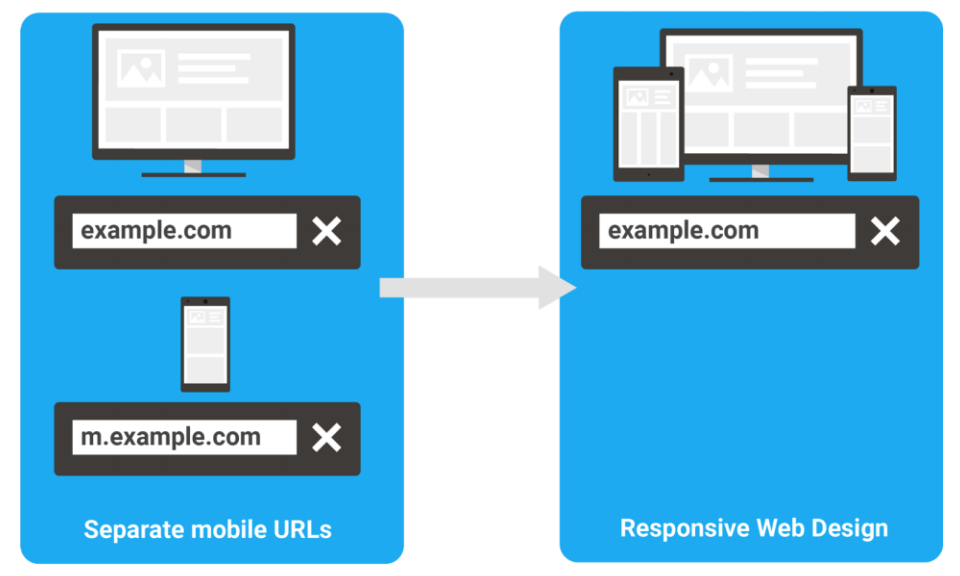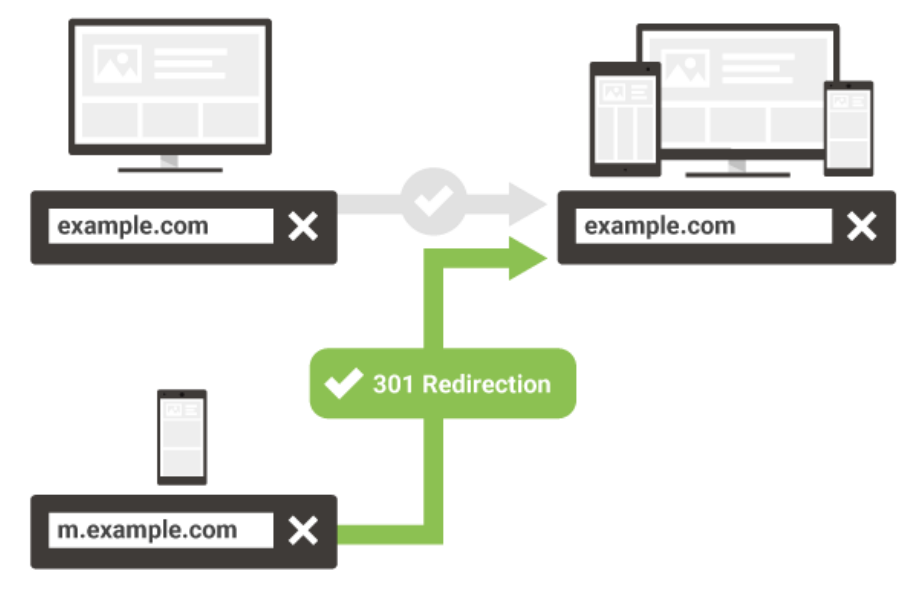Google rolled out it’s “booking feature” for selected businesses back in December 2016. Back then, it was only available for only spa and salon owners, and in selected cities. But now they have expanded it and more business owners can now allow their customers to book appointments directly from the search result. Here’s the official statement from Google – https://www.blog.google/topics/small-business/easy-booking-button-businesses-google/
All you have to do is to login to your Google My business Console. When logged in, you will see a new button “SIGN UP FOR BOOKINGS” within in the “Accept bookings on Google” section.
The next step is to select a booking provider. You can enroll with a scheduling provider from Google’s list here. Once you’ve enrolled, your business will be ready to accept bookings in few days.
Once the integration is successful, you will be able to see how well your business is doing. You can track the number of bookings as well as how much money you’ve made from these bookings from Google.
But be informed that as of now, it’s only available to select business types and within the US only.
Google says it will be adding the booking option in other countries and business categories soon – so stay tuned!


